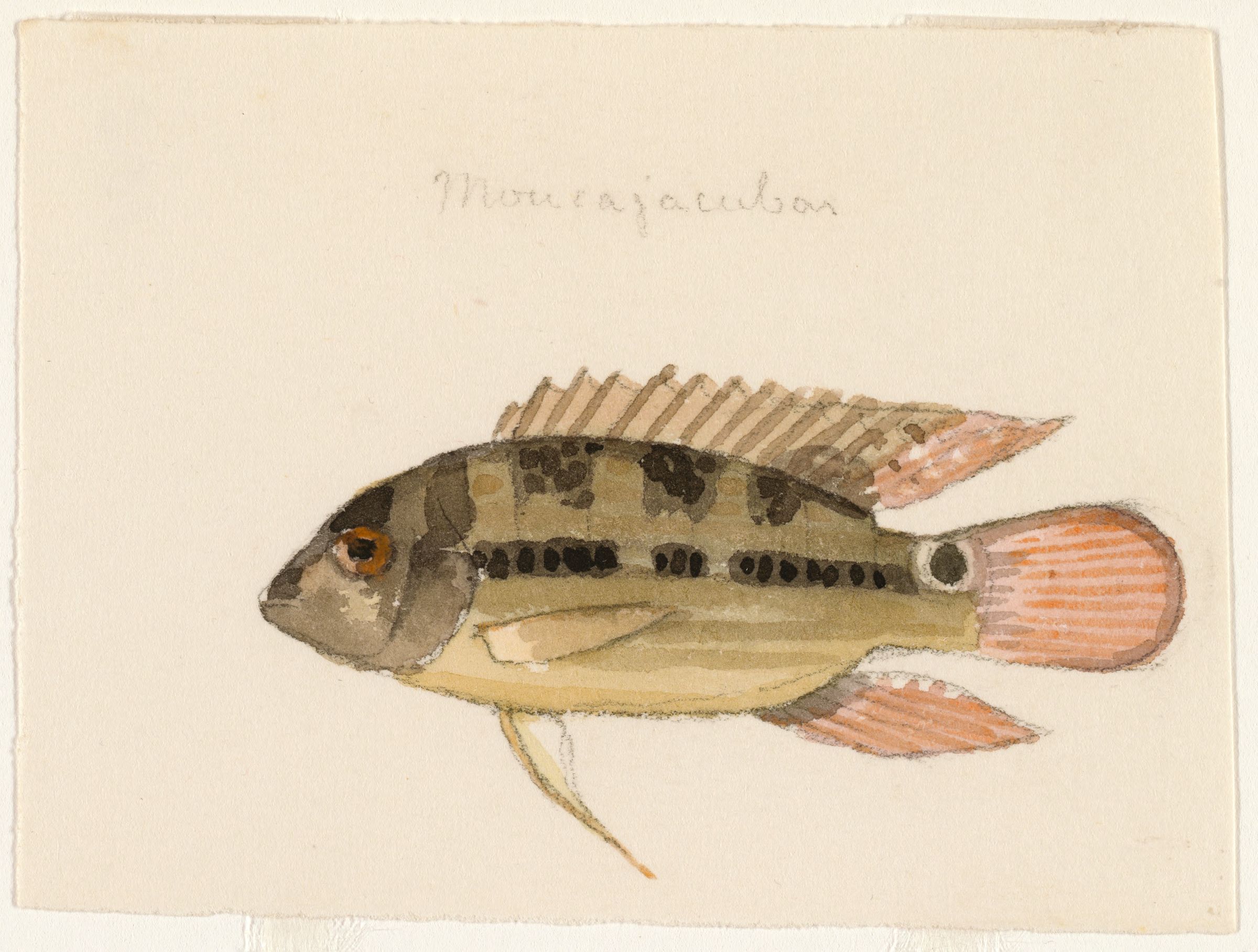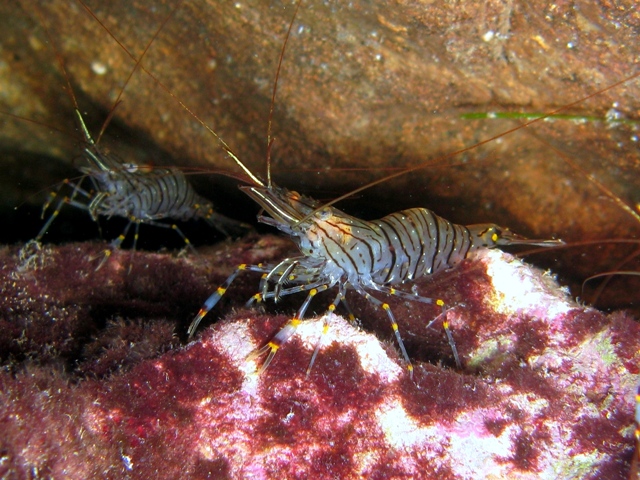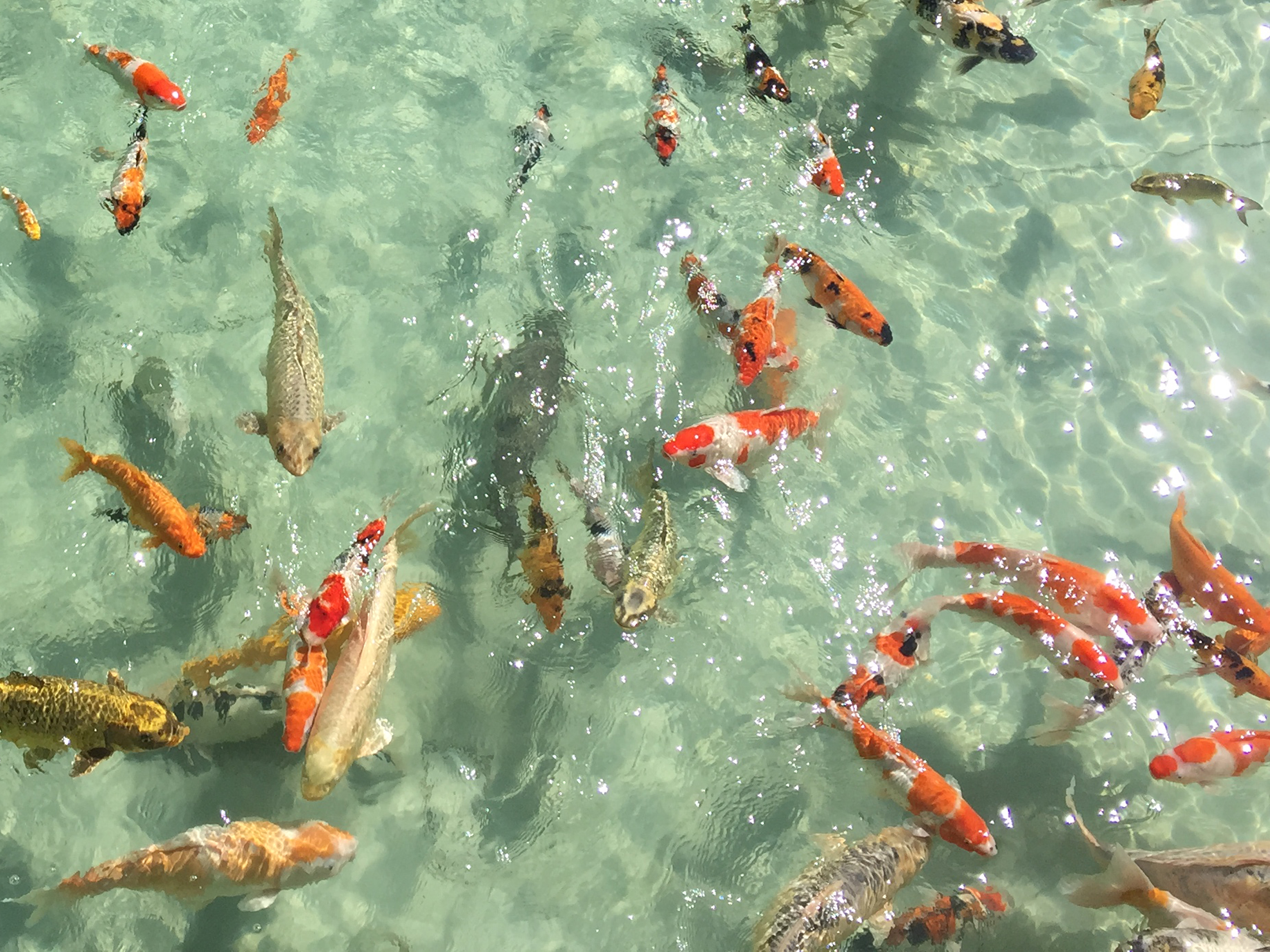|
Altolamprologus
''Altolamprologus'' is a small genus of pseudocrenilabrine cichlids endemic to Lake Tanganyika in eastern Africa. They inhabit areas of the lake with large amounts of rock, most frequently in water two to ten metres in depth. Two formally described species comprise this genus, with perhaps one dwarf ''A. compressiceps''-like species being considered an undescribed species by some. Species There are currently two recognized species in this genus: Description They are moderately-sized Lamrologines, growing to a total length of in adult males. Their bodies are laterally compressed and remarkably high-backed; hence the scientific name which means "high '' Lamprologus''" (from Latin ''altus'', "high"). They are predators which feed on large invertebrates and small fish, particularly crustaceans and juveniles of other cichlids. In the aquarium ''Altolamprologus'' are hardy at the standard Lake Tanganyikan water parameters. They are not particularly well-suited for beginners due ... [...More Info...] [...Related Items...] OR: [Wikipedia] [Google] [Baidu] |
Altolamprologus Calvus
''Altolamprologus calvus'' is a cichlid endemic to the southern shoreline of Lake Tanganyika in eastern Africa. The species has an extremely laterally compressed body and a high dorsal fin. Males may grow to 13 cm (5 inches), while females are normally smaller. It is physically similar to its close relative '' A. compressiceps'', though it is less deep-bodied and has a longer snout. ''A. calvus'' is commonly kept as an aquarium fish A fish (: fish or fishes) is an aquatic animal, aquatic, Anamniotes, anamniotic, gill-bearing vertebrate animal with swimming fish fin, fins and craniate, a hard skull, but lacking limb (anatomy), limbs with digit (anatomy), digits. Fish can ... in setups devoted to East African fish. Several local variants exist. Examples include: * 'Black Sambia' * 'Black Pectoral' * 'Black Zaire' * 'Black Kapampa' * 'Yellow' * 'White' References calvus Fish described in 1978 Taxa named by Max Poll {{Lamprologini-stub ... [...More Info...] [...Related Items...] OR: [Wikipedia] [Google] [Baidu] |
Altolamprologus Compressiceps
''Altolamprologus compressiceps'' is a species of fish in the family Cichlidae. It is endemic to the shallow rocky areas of Lake Tanganyika. It is not considered threatened by the IUCN. Description ''A. compressiceps'' are close relatives to '' A. calvus'' and can be distinguished by their shorter jaws and turned up snout. Calvus have a long sloping face, less distinct bars, and more distinct spots. Several local variants exist, and some may prove to be distinct species or subspecies. Some examples include: * 'Fire Fin' * 'Gold' * 'Gold Head Kasanga' * 'Kigoma' * 'Mutondwe' * 'Red Fin' * 'Yellow Chaitika' * 'Zaire Gold' Evolutionary biology Lake Tanganyika holds at least 250 species of cichlid fish and there are still undescribed species in the lake. Almost all (98%) of the Tanganyika cichlids are endemic to the lake and it is thus an important biological resource for the study of speciation Speciation is the evolutionary process by which populations evolve to become di ... [...More Info...] [...Related Items...] OR: [Wikipedia] [Google] [Baidu] |
Cichlid Genera
Cichlids () are a large, diverse, and widespread family of percomorph fish in the family Cichlidae, order Cichliformes. At least 1,760 species have been scientifically described, making it one of the largest vertebrate families, with only the Cyprinidae being more speciose. New species are discovered annually, and many species remain undescribed. The actual number of species is therefore unknown, with estimates varying between 2,000 and 3,000. They are native to the Neotropics, Africa (including Madagascar), the Middle East, and the Indian subcontinent, although some species have been introduced worldwide. Many cichlids, particularly tilapia, are important food fishes, while others, such as the '' Cichla'' species, are valued game fish. The family also includes many popular freshwater aquarium fish kept by hobbyists, including the angelfish, oscars, and discus. Cichlids have the largest number of endangered species among vertebrate families, most in the haplochromi ... [...More Info...] [...Related Items...] OR: [Wikipedia] [Google] [Baidu] |
Lake Tanganyika
Lake Tanganyika ( ; ) is an African Great Lakes, African Great Lake. It is the world's List of lakes by volume, second-largest freshwater lake by volume and the List of lakes by depth, second deepest, in both cases after Lake Baikal in Siberia. It is the world's longest freshwater lake. The lake is shared among four countries—Tanzania, the Democratic Republic of the Congo (the DRC), Burundi, and Zambia—with Tanzania (46%) and the DRC (40%) possessing the majority of the lake. It drains via the Lukuga River into the Congo River system, which ultimately discharges at Banana, Democratic Republic of the Congo into the Atlantic Ocean. Geography Lake Tanganyika is situated within the Albertine Rift, the western branch of the East African Rift, and is confined by the mountainous walls of the valley. It is the largest rift lake in Africa and the second-largest freshwater lake by volume in the world. It is the deepest lake in Africa and holds the greatest volume of fresh water on the ... [...More Info...] [...Related Items...] OR: [Wikipedia] [Google] [Baidu] |
Pseudocrenilabrinae
The Pseudocrenilabrinae are a subfamily in the cichlid family of fishes to which, according to a study from 2004, includes all the Middle Eastern and African cichlids with the exception of the unusual '' Heterochromis multidens'' and the Malagasy species. This subfamily includes more than 1,100 species. Previous authors recognized additional African subfamilies, e.g. the Tilapiinae of Hoedeman (1947), Tylochrominae of Poll (1986), or Boulengerochrominae of Tawil (2001). This subfamily includes the cichlids from the African Great Lakes, such as the utaka and mbuna in Lake Malawi, and various species from Lake Victoria and Lake Tanganyika. The Pseudocrenilabrinae tribes Haplochromini and Oreochromini are widespread in Africa and also found in the Middle East, while Chromidotilapiini, Hemichromini and Tylochromini are primarily West and Central African. The remaining tribes are largely or entirely restricted to Lake Tanganyika. Systematics Apart from the tribes mentioned in ... [...More Info...] [...Related Items...] OR: [Wikipedia] [Google] [Baidu] |
Lamprologini
Lamprologini is a tribe of African cichlid fishes. It contains seven genera and nearly 100 species. Over half of the species in this tribe are in the large genus ''Neolamprologus''. Most genera in the tribe are endemic to Lake Tanganyika, but one species of ''Neolamprologus'' ('' N. devosi'') is from the Malagarasi River in Tanzania, and several species of '' Lamprologus'' are from the Congo River Basin. The species in this tribe are very small to medium-sized cichlids, but vary extensively in appearance and habitat preference.Smith, M.P. (1998). Lake Tanganyikan Cichlids, p. 10—11. Unlike most Tanganyika cichlids which are mouthbrooders, Lamprologini species are substrate spawners (typically using caves or rock crevices), and some are shell dwellers. Genera * '' Altolamprologus'' (3 species) * '' Chalinochromis'' (3 species) * ''Julidochromis ''Julidochromis'' is a genus of cichlids in the subfamily Pseudocrenilabrinae. They are commonly called julies and are ende ... [...More Info...] [...Related Items...] OR: [Wikipedia] [Google] [Baidu] |
Shrimp
A shrimp (: shrimp (American English, US) or shrimps (British English, UK)) is a crustacean with an elongated body and a primarily Aquatic locomotion, swimming mode of locomotion – typically Decapods belonging to the Caridea or Dendrobranchiata, although some Shrimp#Non-decapods, crustaceans outside of this order are also referred to as "shrimp". Any small crustacean may also be referred to as "shrimp", regardless of resemblance. More narrow definitions may be restricted to Caridea, to smaller species of either of the aforementioned groups, or only the Marine life, marine species. Under a broader definition, ''shrimp'' may be synonymous with prawn, covering stalk-eyed swimming crustaceans with long, narrow muscular tails (Abdomen#Arthropoda, abdomens), long whiskers (Antenna (biology), antennae), and slender, Biramous, biramous legs. They swim forward by paddling the swimmerets on the underside of their abdomens, although their escape response is typically repeated flicks wit ... [...More Info...] [...Related Items...] OR: [Wikipedia] [Google] [Baidu] |
Fishkeeping
Fishkeeping is a popular hobby, practiced by aquarists, concerned with keeping fish in a home aquarium or garden pond. It is a practice that encompasses the art of maintaining one's own aquatic ecosystem, featuring a lot of variety with various water systems, all of which have their own unique features and requirements. Fishkeeping primarily serves as a token of appreciation and fascination for marine life and the environment that surrounds such, along with other purposes such as the pisciculture, piscicultural fishkeeping industry, serving as a branch of agriculture, being one of the most widespread methods of cultivating fish for commercial profit. Origins of fishkeeping Fish have been raised as food in pools and ponds for thousands of years. Brightly colored or tame specimens of fish in these pools have sometimes been valued as pets rather than food. Many cultures, ancient and modern, have kept fish for both functional and decorative purposes. Ancient Sumerians kept wild-c ... [...More Info...] [...Related Items...] OR: [Wikipedia] [Google] [Baidu] |




